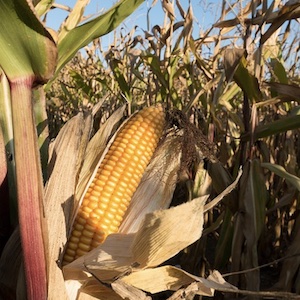Genetic diversity characterization of maize populations using molecular markers

HTML: 71
All claims expressed in this article are solely those of the authors and do not necessarily represent those of their affiliated organizations, or those of the publisher, the editors and the reviewers. Any product that may be evaluated in this article or claim that may be made by its manufacturer is not guaranteed or endorsed by the publisher.
Seventy-three maize populations were characterized to estimate the genetic distribution and structure of 8 maize races from the state of Chiapas, in addition to a population of the Balsas race of teosinte (Zea mays ssp. parviglumis Iltis & Doebley). A total of 31 microsatellite loci were evaluated in 25 individuals from each population, estimating their genetic diversity and Wright F statistics. The populations were grouped based on principal component and cluster analyses. A total of 787 alleles were counted, with an average of 25.4 alleles per locus and 91.8% polymorphic loci. Likewise, in the studied populations, 294 exclusive alleles were detected with low frequency, representing 37% of the total alleles. The populations from Zapalote Grande and Tepecintle races were the most differentiated, forming separate, better-defined groups, while the populations from Comiteco, Otolón, and Negro de Chimaltenango races tended to group, showing a relatively scattered allocation within the races. The FST statistic (differentiation index) was 0.197, indicating that 80.3% of the genetic variation was found among individuals within the accessions, which suggests that, under the current status of Chiapas maize populations, it would be more efficient to apply intra-population recurrent selection than hybridization breeding approaches.
How to Cite

This work is licensed under a Creative Commons Attribution-NonCommercial 4.0 International License.
PAGEPress has chosen to apply the Creative Commons Attribution NonCommercial 4.0 International License (CC BY-NC 4.0) to all manuscripts to be published.

 https://doi.org/10.4081/ija.2023.2206
https://doi.org/10.4081/ija.2023.2206



